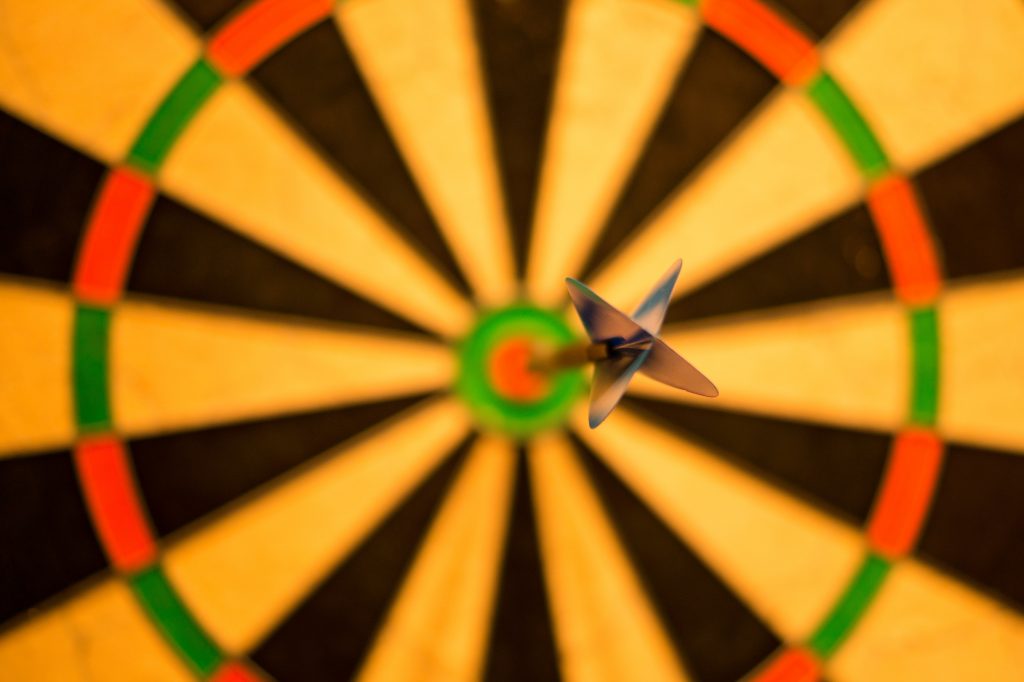Alignment

Now that we’ve reviewed Backward Design, it’s time to make sure your course materials, assignments, activities and assessments are aligned to your Student Learning Outcomes.
What is Alignment?
According to the UBalt Learning Outcomes Assessment Handbook, “Alignment involves clarifying the relationship between what students do in their courses and what faculty expect them to learn. Analyzing the alignment of a curriculum with program learning outcomes allows program directors to identify gaps which can lead to curricular changes that improve student learning opportunities.”
At the course level, this means reviewing all aspects of a course—from materials to activities to assignments to assessments—to ensure they are aligned with the learning outcomes for the course.
What are Student Learning Outcomes (SLOs)?
To ensure alignment in a course, it’s best to start by looking at (or creating) the Student Learning Outcomes. Student Learning Outcomes, or SLOs, are statements of what a learner will know or be able to do as a result of a course, module, or specific learning activity.
Learning outcomes should:
- Start with an action verb
- Be student-centered
- Be specific
- Be measurable
Bloom’s Taxonomy
Use Bloom’s Taxonomy to help you develop and scaffold learning outcomes for your course. Bloom’s Taxonomy classifies objectives and skills into six different categories. Each level builds in complexity. Use the verbs in Bloom’s Taxonomy to start your SLOs.
Click on each plus sign in the graphic below to learn more about each level of Bloom’s taxonomy.
Bloom’s Taxonomy Examples
Now that we’ve reviewed SLOs and Bloom’s taxonomy, let’s look at some examples.
Please rate the following four SLOs.
Reminder, your responses are not recorded.
Constructive Alignment
Once you have set your Student Learning Outcomes for a course, it is time to ensure your learning activities and assessments are aligned.
Developed by Briggs (1999), constructive alignment is a process to develop activities and assessments that directly connect to learning objectives. Watch the Constructive Alignment Video to learn more about constructive alignment. The video will open in a new tab. Please return to the Pressbook after watching the video.
Resources
If you’d like to learn more about Alignment, please click the links below to view some supplemental resources.
